Not far from Chongqing city, Wulong certainly isn’t on the radar of most foreign travelers in China, but it’s still a hotspot destination for domestic tourists. Wulong is home to the Three Natural Bridges, Furong Cave, and much more. It's especially well-known for its beautiful karst limestone formations, and the Wulong Karst National Geology Park has some great options that can be fit into a day trip, or spread across 2 to 3 days.
Why Visit Wulong, Chongqing?
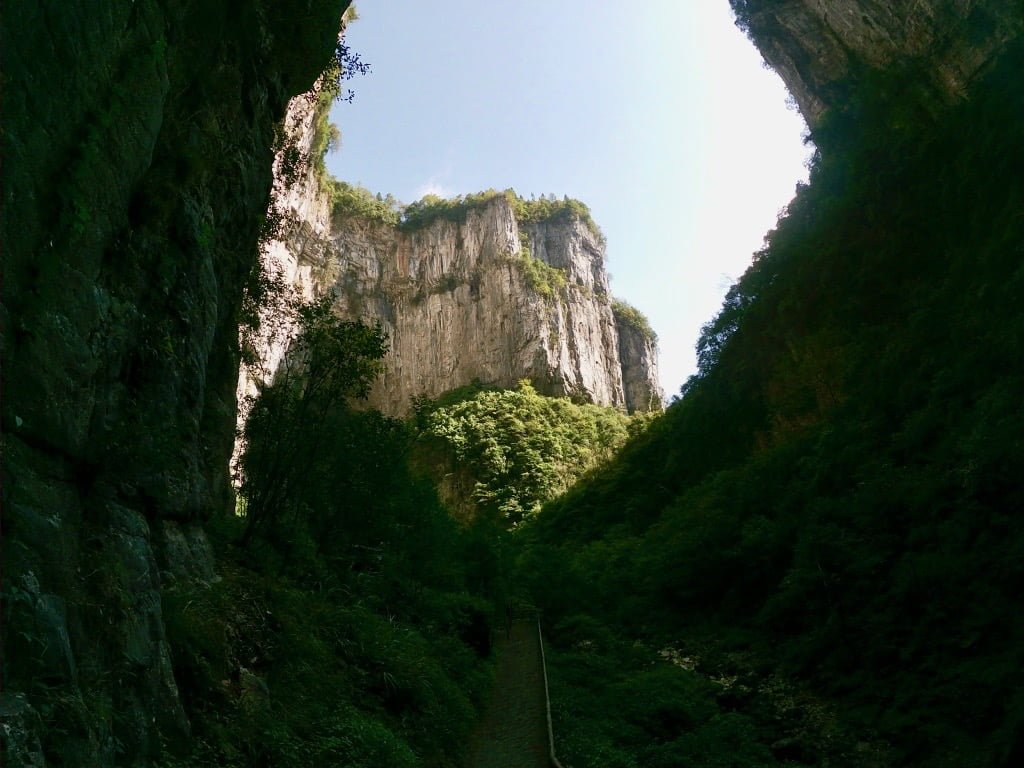
Three Natural Bridges, Wulong
The majority of foreign tourists I know that have been to Wulong is because they’re living nearby in Chongqing city or Chengdu. However, it's growing in popularity and really is a nice escape from the city. Its beautiful karst landscape and turquoise-colored rivers are gorgeous. It also has an incredible limestone cave to check out as well, and some rafting options for the adventurous (weather-permitting). The Wulong Karst National Geology Park spans a large amount of land, and has multiple sightseeing options that aren't too strenuous.
Wulong, located within the Chongqing province, also isn't far from more touristy areas, such as Guilin (Guangxi province) and Kunming (Yunnan province). It's especially worth a visit if you're looking to check out the giant pandas in nearby Chengdu.
How to Get to Wulong from Chongqing
Wulong town is easy to get to from Chongqing city: you can take either the bus or the train.
By Train
To get to Wulong by train, you have to leave from Chongqingbei Railway Station (Chongqing North). There are around 4-5 train options per day, the earliest one starting a little after 7:00 a.m. There are two early trains and then the next one jumps to 3:00 p.m., so you have to decide to either get up early or arrive quite late.
Additionally, the train time varies: the earliest train is an express train, and takes less than 2 hours, but others make more stops and can take up to 3 hours. Look up on WeChat or on Trip to see time options and amount of time it takes to get there.
A one-way ticket to Wulong costs 24.5 RMB. You can just buy it at the train ticket window the day of (it’s unlikely that they’ll sell out unless you’re going on a holiday or perhaps the weekend). The ticket window was open for the earliest train when I went. Alternatively, you can buy the train ticket ahead of time online through WeChat or Trip and pick it up at the ticket window.
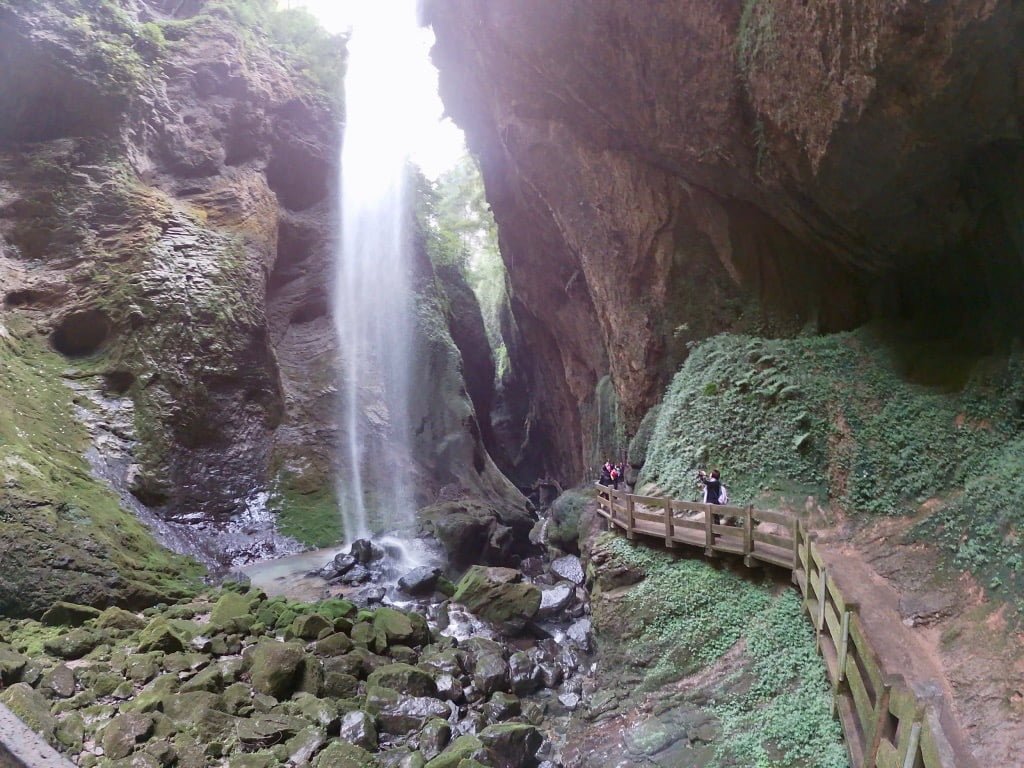
A waterfall at Longshui Gorge, Wulong
By Bus
The bus to Wulong leaves from the Sigongli Bus Station in Nanping and costs 60 RMB one-way, so it’s quite a bit more expensive than the train. The benefit is that the bus runs more regularly throughout the day, and may be closer to where you’re at in Chongqing than the Chongqing North Railway Station.
On your return, the last bus leaves at 5:00 p.m. from Wulong to Chongqing, whereas the last train leaves at 4:11 p.m., so the bus can also give you a little extra buffer time that last day if you need it.
Day Trip or Stay Over?
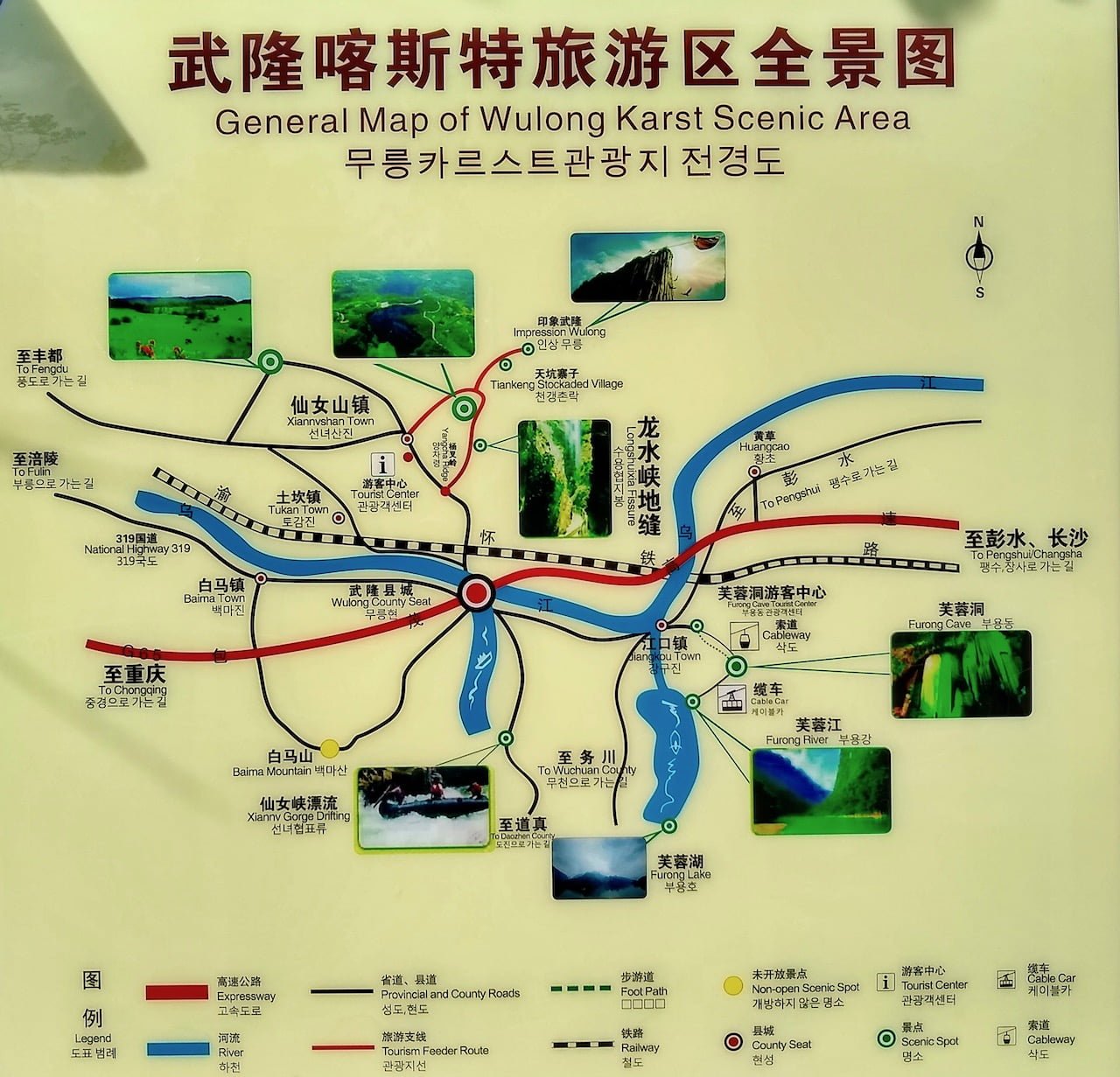
A map of the Wulong Karst National Geology Park
There are plenty of people I know that are in Chongqing and just take a day trip to Wulong, so it’s certainly doable and an excellent option if you only want to see 1-2 attractions and/or are short on time.
However, since the last train and bus from Chongqing leave so early (4:11 p.m. and 5:00 p.m, respectively), you’re in a bit of a time crunch if you need to catch public transit back.
I stayed over for one night and found a little room that was only 30 RMB for the night. It had a bed and a toilet/shower, which was all I needed. You can find plenty of slightly nicer options for 40-60 RMB/night, so my suggestion is to make this a 2-day trip. And if you want to see all of the attractions listed below, you might even want to extend it to 3 days.
When to Go to Wulong
I dislike telling anyone when to travel somewhere, so at the end of the day it’s up to you. Know that during winter it’s likely to be overcast and rainy, so the views may be diminished. However, there will be a lot less tourists. Take into consideration that although Wulong isn't far from Chongqing, it can get colder, during the winter, especially while visiting attractions such as Fairy Mountain.
Early October is the busiest time to go, as it’s during China’s National Days holiday. None of the hiking options are too strenuous, so if you choose summertime, it may be hot but doable.

A clear day in Wulong
I went in mid-November and thought it was a great time to go. The first day it was drizzling, but the second day the sun came out and it was gorgeous. Since it was off-season, the admission was cheaper and the crowds smaller. All in all, if you want to attempt to avoid crowds in China (you can never avoid people here completely), go to the attractions as early as possible.
Main Attractions in Wulong, Chongqing
Wulong's top attractions are located outside of Wulong town, and so require a little bit of travel to get to, but nothing over an hour or so. The top four things to do in Wulong are Furong Cave, the 3 Natural Bridges, Longshui Gorge, and Fairy Maiden Mountain.
Furong Cave
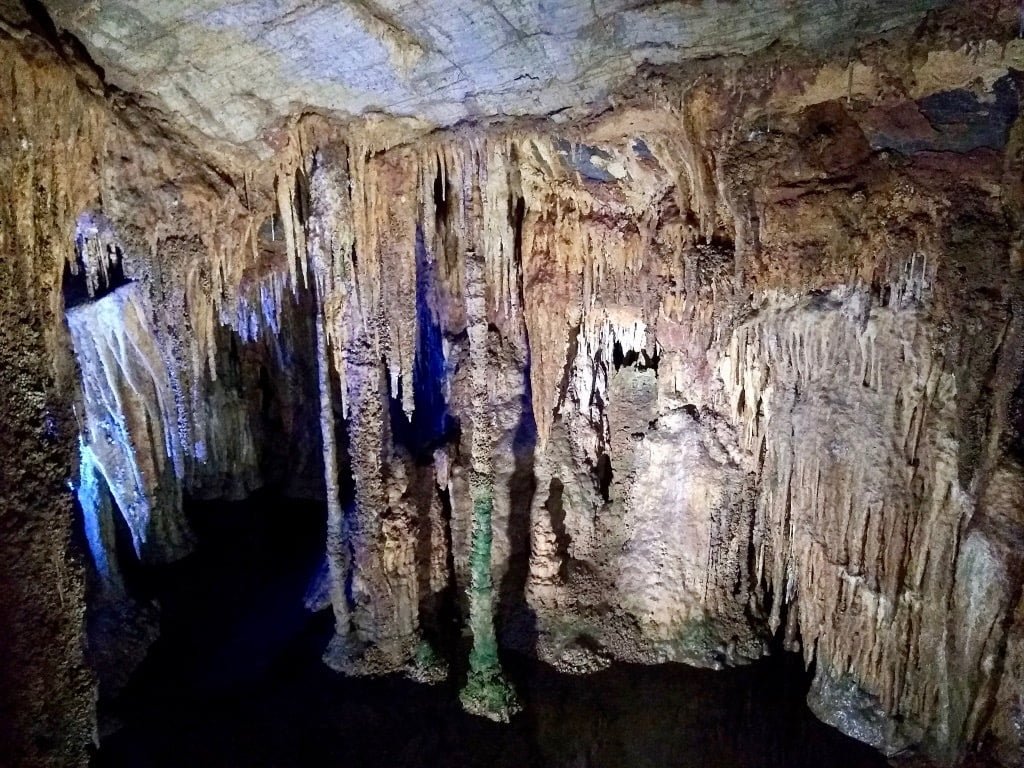
Furong Cave is in the opposite direction as the other attractions, so it’s best to check this out on a separate day. It’s still easy enough to get to, and is an incredibly large cave that was only recently discovered in 1992. Just like the Terracotta Soldiers found in Xi’an, a farmer discovered Furong Cave.
They’re also still exploring portions of the cave, so although a large section of it is open to the public, some of it of course isn’t.
Formation of Furong Cave
Whenever I see natural wonders, it always makes me intrigued in the science behind it (in school rocks were dull as can be, but when you see it, it’s a different story).
Limestone is sedimentary rock, formed by thousands of years, primarily composed of calcium carbonate in the form of calcite. Limestone is a build-up of organic matter, such as shells, bones, coral, algae and more.
According to the British Geological Survey, caves form by the dissolution of limestone. Rainwater and carbon dioxide weaken the limestone and dissolve parts of it, sometimes turning the limestone into a cave formation. Larger caves form when water can flow in and sink underground, finding lower routes that keep the upper portions of the limestone intact.
The incredible stalactites and stalagmites found within karst caves are created when the rainwater falls onto the limestone, percolates down, and picks up calcium carbonate from the limestone. Once an opening is found, the water eventually evaporates and the calcium carbonate is left, forming stalactites and stalagmites.
How to Get There
You can take a bus that drops you off close to Furong Cave directly from the Wulong Bus Station. However, if you’re just getting off the train and going to Furong Cave immediately, you can also pick up the same bus on the main street about a 5-minute walk from the train station.
To get there, make a left out of the train station and go down the street; you’ll have to cross under an overpass. You’ll get to another , slightly busier, street that you’ll have to cross and then take a right. Walk for a minute or so and you’ll see a little bus stop for 2 buses (I believe the numbers are 103 and 104, but I’m not sure which one we took). When the bus stops, verify that it’s going to Furong Cave and get on. The bus costs 4 RMB and is perhaps a 45-minute ride.
You’ll ride the bus until the end of its route, and from there you can take a small van to get you to the entrance of the cave, about another 10-15 minute drive. The van is 10 RMB apiece, and you can take a picture of the phone number in the van to call the van back when you’re finished; the 10 RMB is round trip, so no need to pay on the way back.
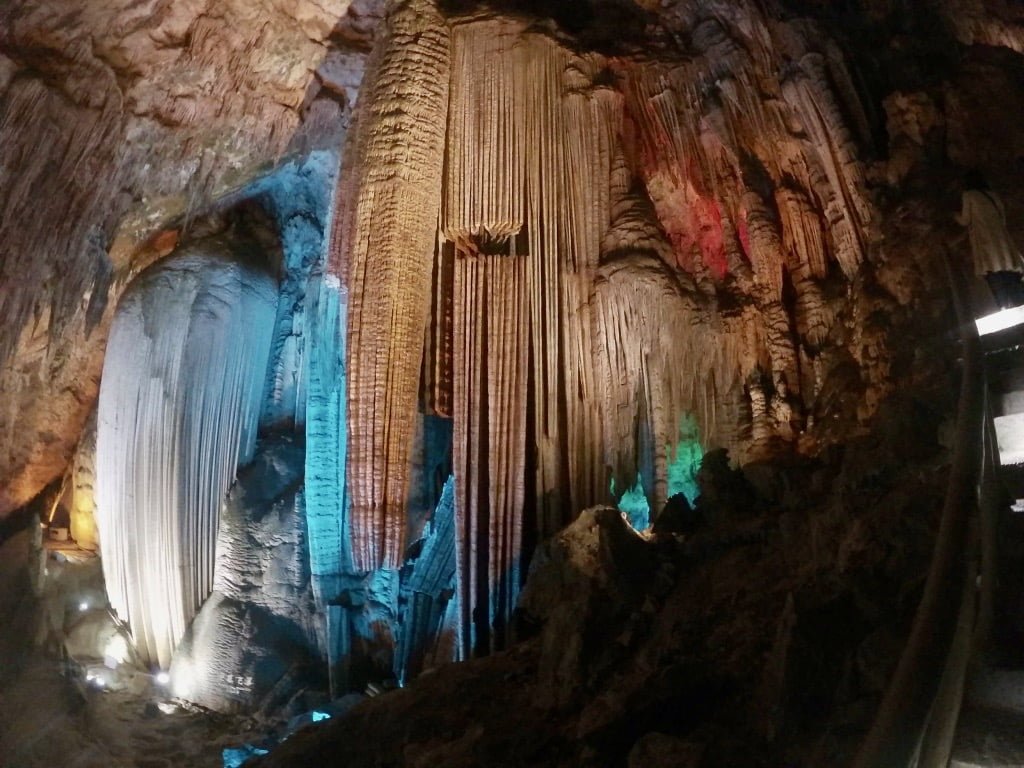
Interesting lights in Furong Cave
Cost of Furong Cave
We had to shell out a hefty-ish price of 135 RMB for Furong Cave, which is the off-peak price. The hiking trail to get up to the cave was out of commission (broken, they said), so we were forced to pay the extra for the cable car there and back. I was looking forward to the hike, but unfortunately it just wasn’t in the cards. If you come when the hiking path is open (is it ever?), admission to the cave is only 65 RMB during the off season, but doubles to 120 RMB for peak times.
Exploring Furong Cave

It only takes about 40 minutes to explore the whole cave, perhaps an hour if you take a lot of photos. The cave is large and spacious (no crawling needed, and no hard hats given) and there are a lot of crazy lights in there as well. I personally would’ve just preferred white lights, but here they like to “pretty up” caves by adding in different colored lights and naming different sections that slightly resemble what their name is.
Furong Cave was labeled a UNESCO World Heritage Site, the only cave in China to be labeled as such.
Three Natural Bridges
The Three Natural Bridges was the highlight of my trip to Wulong and by far my favorite. The bridges are the largest natural stone bridges in Asia, although you unfortunately can’t walk across them.
Located within the Wulong Karst National Geology Park, they’re a sight to see. The bus ride up also provides you with incredible mountain views.

How to Get to There
To get to the 3 Natural Bridges, you can take a bus to the park’s Tourist Center, located close to the Bridges, Longshui Gorge, and Fairy Mountain. Conveniently, you can take a bus either from the Wulong bus station, or there are buses that line up right outside the train station that you can hop on. This is nice if you’re doing just a day trip, or are staying near the train station (the bus station is also slightly difficult to locate). Once the bus fills up (which will be quick, at least in front of the train station), you’ll be on your way. It costs 10 RMB one-way.
The bus ride takes about 30 minutes, and once you arrive at the Tourist Center you enter and buy tickets to where you’d like to go. I’d recommend buying for both the Three Natural Bridges and Longshui Gorge if you plan on checking them both out: go to the Three Bridges first, and then you can take a bus directly to the gorge from there.
Once your tickets are bought, go downstairs and take a free shuttle bus to the Three Bridges, about a 15-minute ride.
The entry ticket also allows you to take the glass elevator down. I believe that there’s a path that can take you down, but I didn’t see one so just opted for the elevator since I needed to catch the 4:00 p.m. train back that day.
Cost of the Three Natural Bridges
Off-season admission is 95 RMB, which includes the elevator. Peak season will set you back 135 RMB.
Related Article: Hiking Qingcheng Back Mountain in Chengdu, China
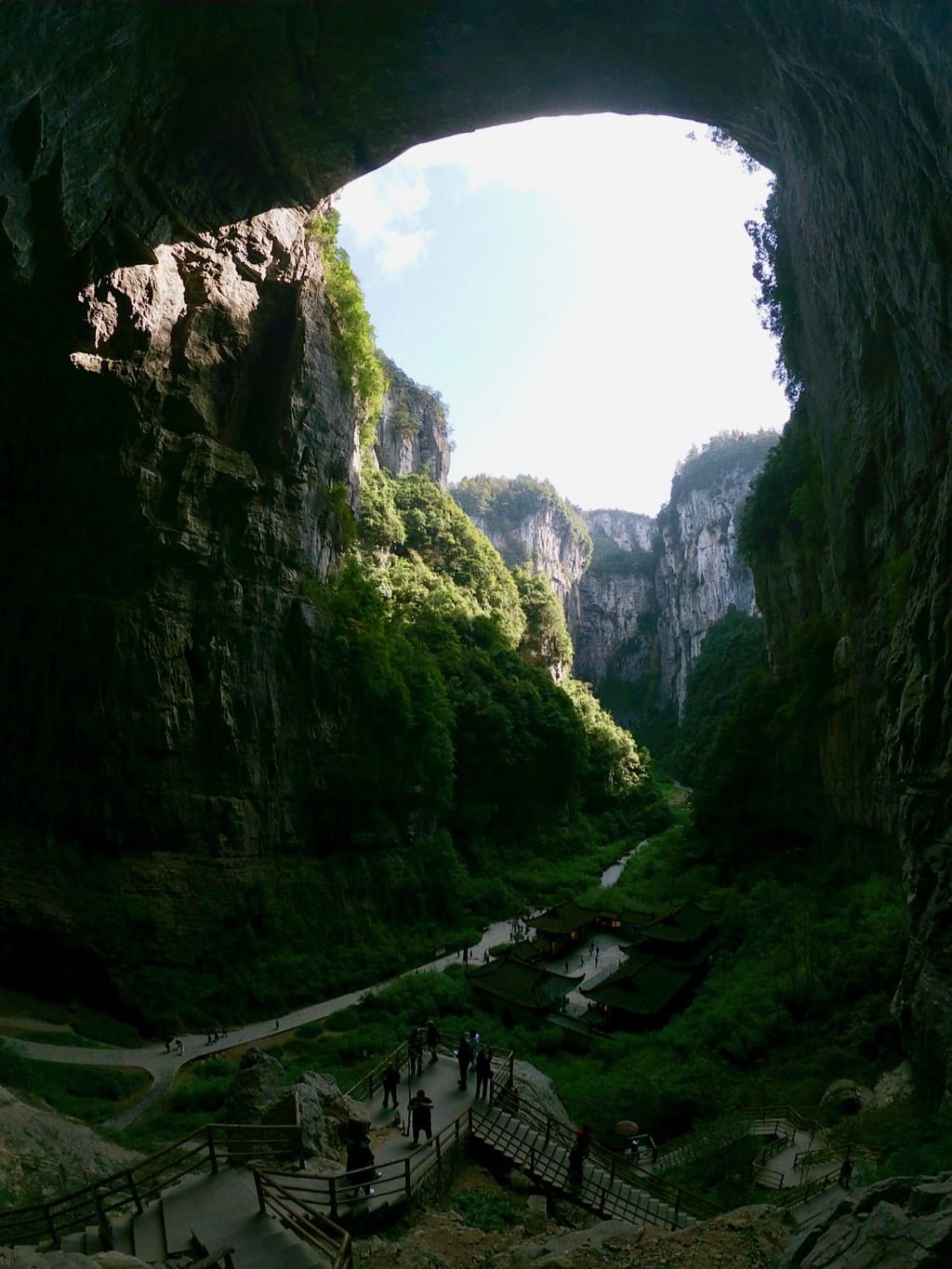

Checking Out the Bridges
Once off the elevator, you take the well-maintained path around the area. The exit will lead you to a separate exit from the entrance, where you can take either a small shuttle car back up, or just walk the ~10 minutes yourself (I chose walking).
Unfortunately, you’re not allowed to stray from the main path – I attempted, and was yelled at and told to come back down. However, the sights are still awe-inspiring and beautiful.
All in all, it takes an hour, maybe an hour and a half tops, to wander around the area. They’re also very proud that a section of Transformers 3 was filmed here, so they’ve erected a few transformers statues (which I find gaudy, but is what it is).
Longshui Gorge
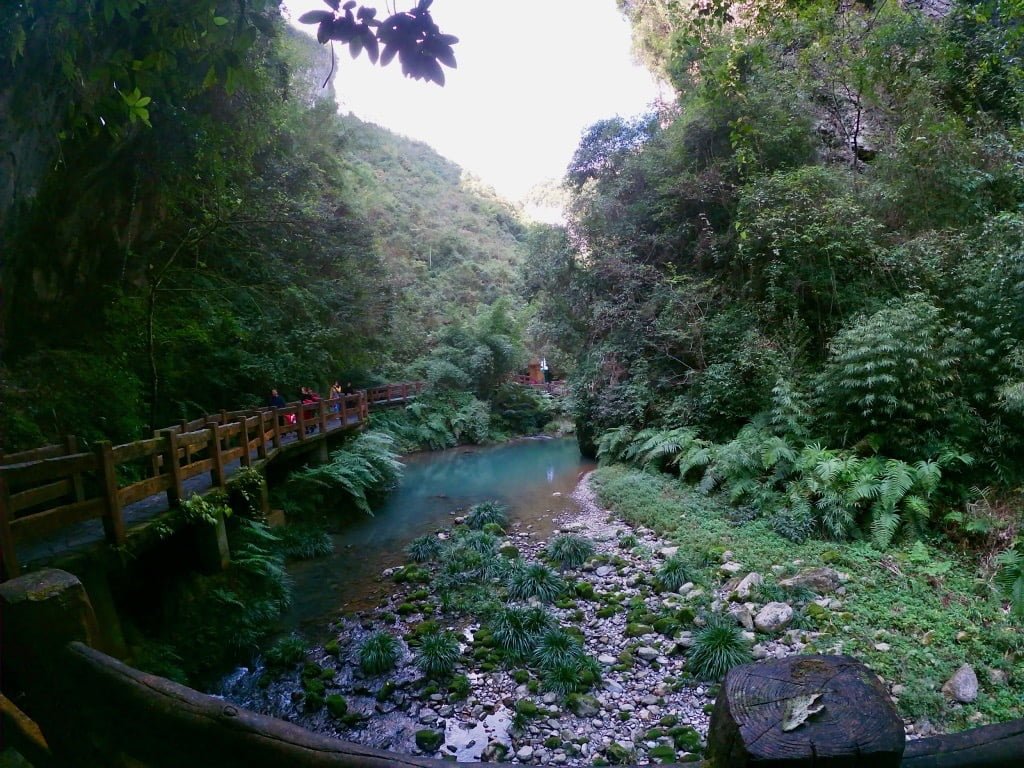
Longshui Gorge is close to the 3 Natural Bridges, and tickets can be bought at the Tourist Center as well, so the transportation is the same as the 3 Bridges up until the bus from the Tourist Center. Additionally, at stated previously, if you buy both tickets to the 3 Natural Bridges and Longshui Gorge, you can take a bus to the gorge directly from the bridges, which is convenient. Otherwise, you might have to wait a little bit on the bus from the Tourist Center to the gorge, as it doesn’t fill up nearly as fast (they will leave if it isn’t full, but they wait a good 20-30 minutes first).
Longshui Gorge has similar scenery to the 3 Natural Bridges, but a far narrower path and, of course, running water. The water is a beautiful turquoise blue due to the calcite runoff from the limestone, and paired with the lush greenery and limestone walls, it’s really beautiful.
Cost of Longshui Gorge
Off-season ticket cost 85 RMB, which included access to the elevator down. The sign at the Tourist Center said the gorge costs 115 RMB for peak season.
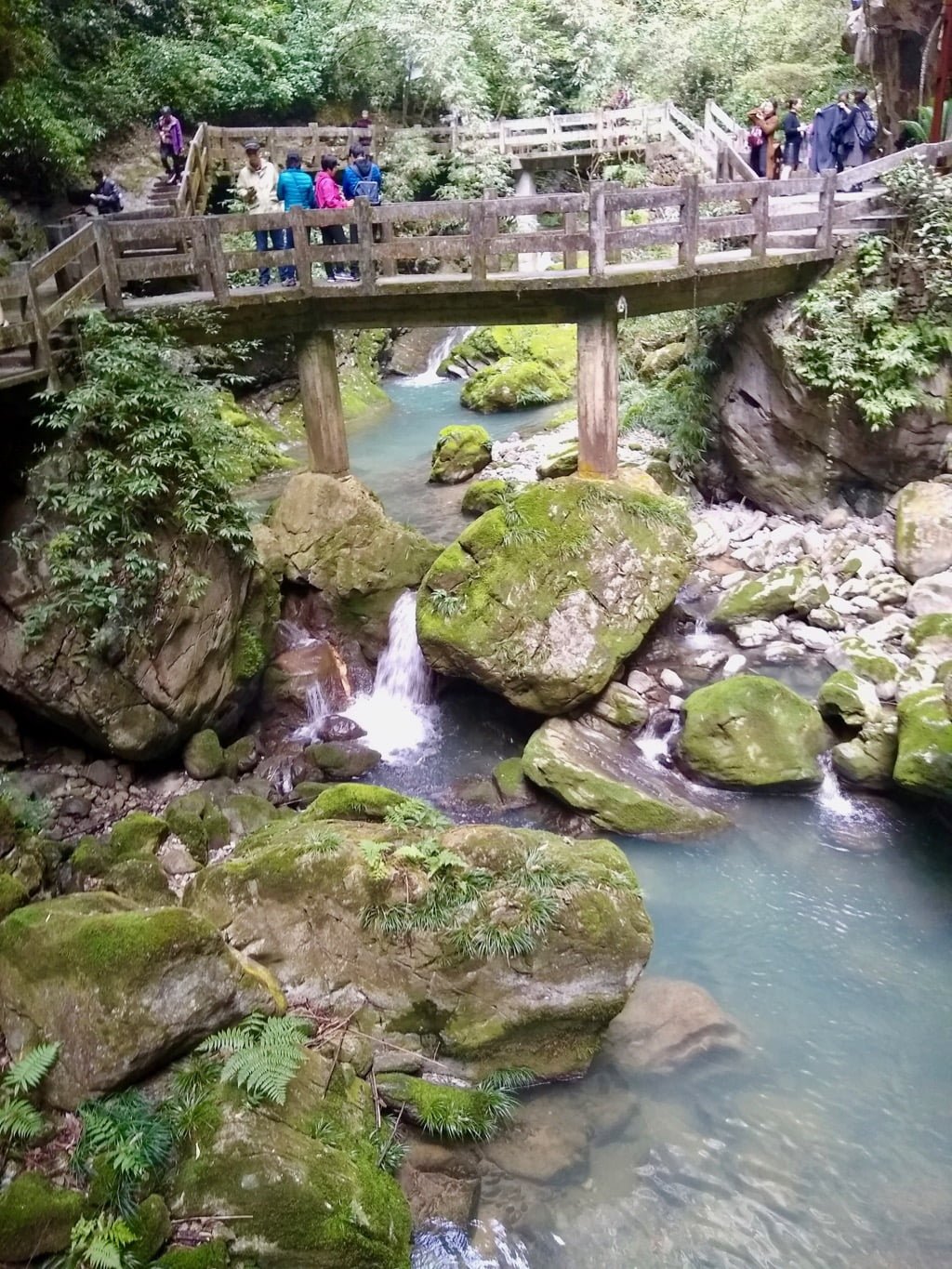
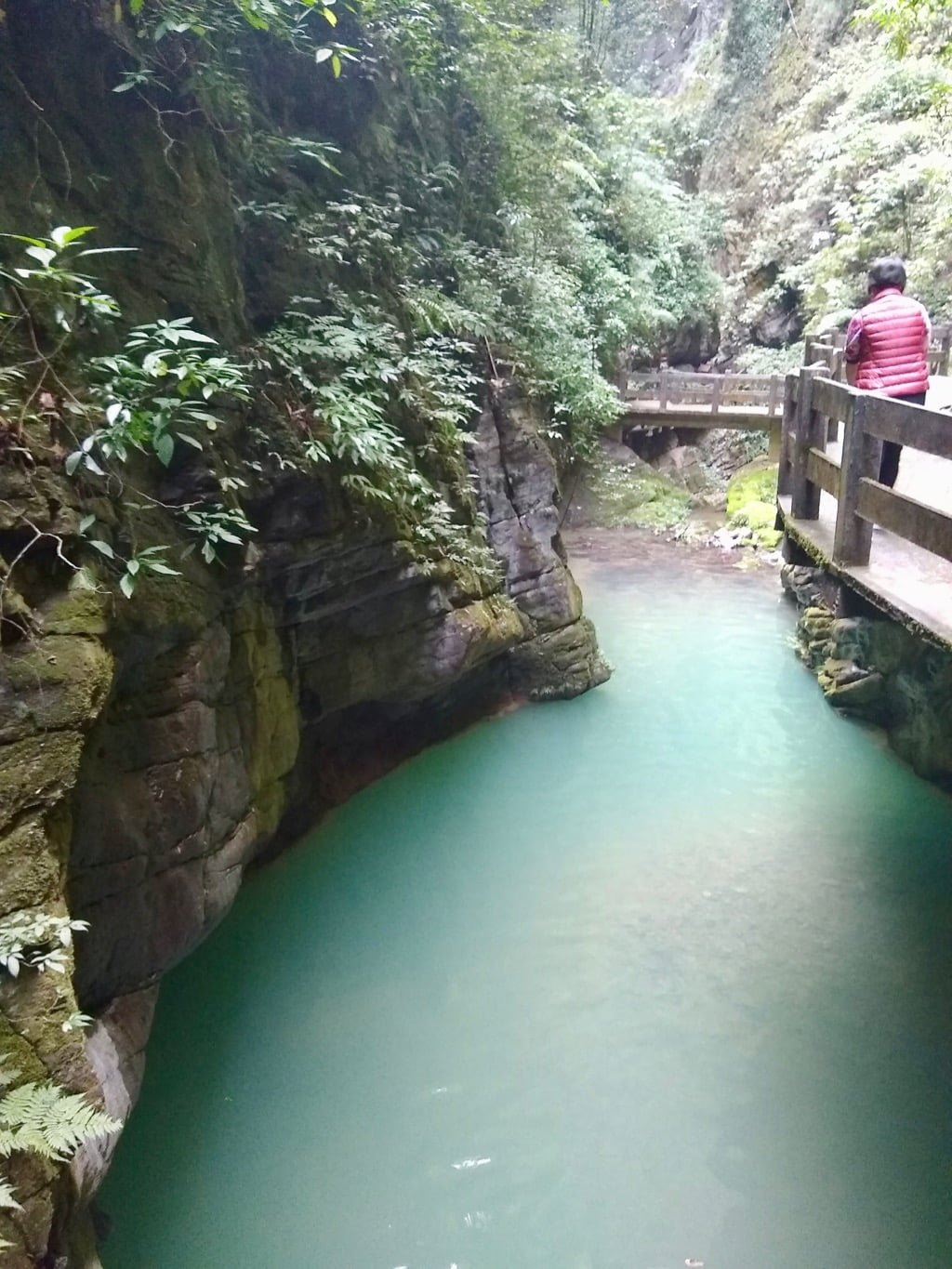
Exploring the Gorge
Once again, you have to take the main path and the elevator. There was a blocked-off path that weaved up through the gorge, but no access was granted. The main path gets very narrow and is slippery in some areas due to the running water.
If you’ve been in China before, you know how slow people walk here, so be prepared to explore the gorge at a very leisurely pace since the path is so narrow. However, even with that, I was able to finish the pathway in less than an hour.
It’s certainly worth it to pair with seeing the Three Natural Bridges, but if you don’t have enough time or don’t want to fork out the extra money, I’d recommend skipping this one over the stone bridges.
Fairy Mountain
I didn’t end up going to Fairy Mountain as I didn’t have enough time for it during my 2-day trip, but I’ve heard mixed results from friends that have gone. If you do go, it’s known to be the most beautiful during January and February when there’s snow.
Fairy Maiden Mountain is known for its prairie land. There are grazing goats and cows to look at, and horses as well. There’s a basic path to walk along, and all in all it’ll take about an hour or your time to walk through it. Bear in mind that it’s a little farther out, so it tends to be colder (hence why there’s snow). Bring extra gear, especially during winter.
How to Get There
There’s a direct bus to Fairy Mountain from the Wulong bus station that costs 14 RMB each way and takes about an hour to an hour and a half to get there.
Cost of Fairy Mountain
60 RMB, both during peak and off-peak season.
Wulong Town Proper
Wulong town is small, at least compared to China’s megacities, and certainly much smaller than Chongqing city. However, there are still plenty of hotel options (not many hostels), and a few places to check out, as well as some food to try.
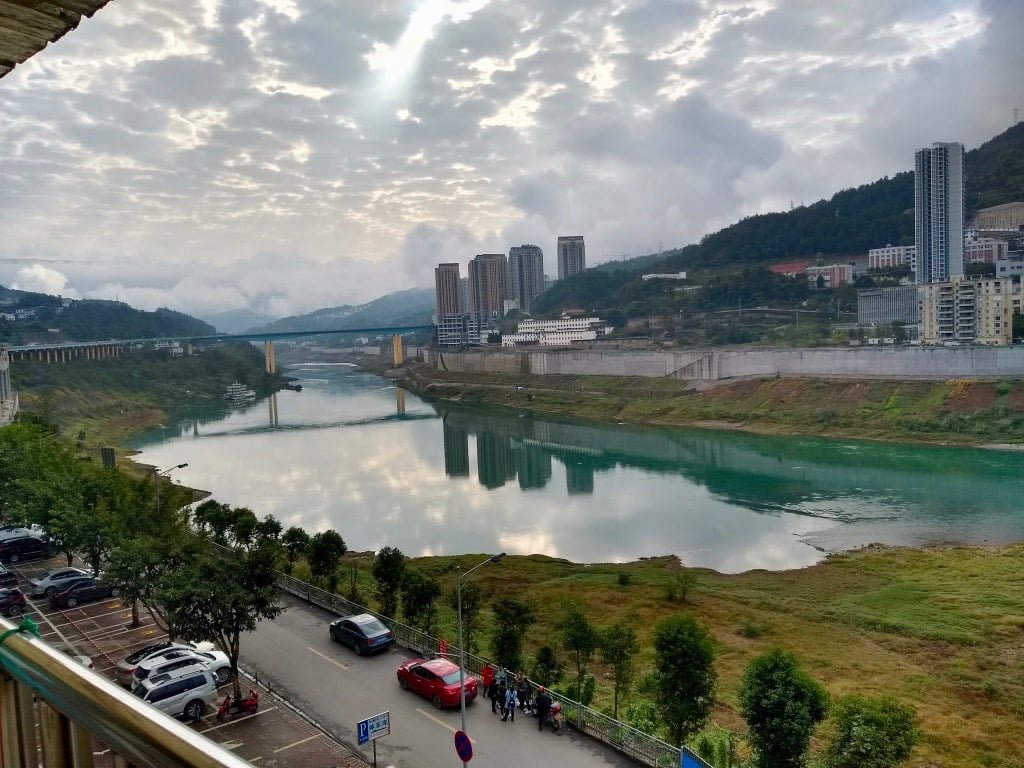
Not exactly the prettiest town, but a great home base
Wulong Market
The market is located around the gymnasium, and is close to the bus station. It isn’t too difficult to find (the gymnasium is the circular thing on the map) and there are a variety of vendors selling snacks, clothes, and other goodies. Here is a good place to stock up on winter accessories if you didn’t bring any along. Also, try out some of their snacks and buy some to pack with you.
Foods to Try
Wulong is known for its lamb (or, more likely, mutton). A bowl of lamb and rice will set you back about 30 RMB.
If you’re not on the lamb bandwagon, I’ve been told a staple food in Wulong is rice with some side sauces that you mix with it, called do hua fan. Simple but delicious, and of course very cheap.
Wulong’s street potatoes are also incomparable. They cost 5 RMB, are fried to perfection, and are mixed into an interesting concoction of sauces and things. I said yes to everything and didn’t regret it. However, if you don’t like spicy chilis, you can say no to that part.
Additional Options in Wulong
Rafting + Furong Lake
If you’re going when the weather is nice, you can go rafting! There’s also a nearby lake called Furong Lake that you could check out. I have yet to go to either of these, but am considering going back when the weather is nicer.Both of these options are on the way towards Furong Cave from Wulong Town (although you then have to make a right, which isn’t the same way as the cave). It’s possible that one or both of these could be combined with an early trip to Furong Cave.
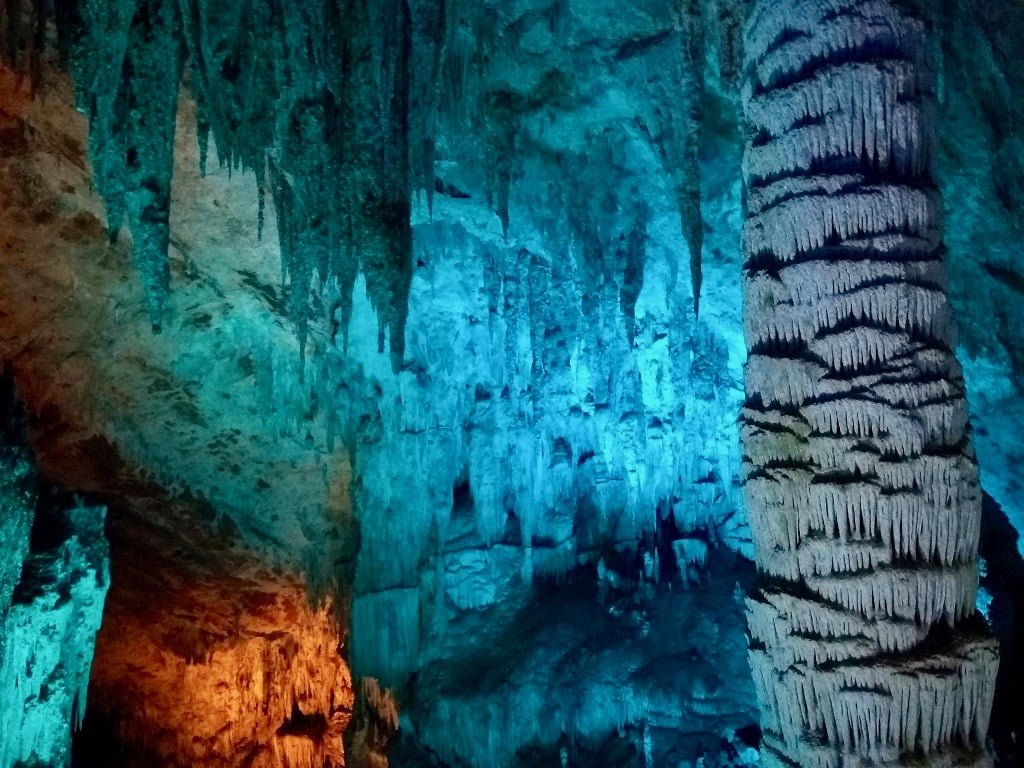
Lights at Furong Cave
Sample Itinerary Options
Day Trip to Wulong
Go to: 3 Natural Bridges + Longshui Gorge
If you’re on a tight budget, you can even skip Longshui Gorge. It’s a nice add-on to the Three Natural Bridges, but isn’t a requirement.
You’d have to take the early 7:15 a.m. train from Chongqing to Wulong to make this day trip doable. Then you can take the bus up to the Tourist Center at around 9:30 a.m. I had to go back to the Tourist Center after the Three Bridges to buy my ticket to the gorge, so I wasted a good hour or so having to backtrack and still was able to make it to the 4:11 p.m. train.
2-3 Day Wulong Itinerary
Day 1: Travel to Wulong + See Furong Cave + Explore Wulong town
I took the early train from Chongqing and arrived in Wulong a little before 9:30. Checking out Furong Cave was a nice first day option, as it didn’t take all day and allowed time for me to explore Wulong town at night. I got back to Wulong town after the cave at about 2:00 p.m.
Day 2: 3 Natural Bridges + Longshui Gorge
Optional Day 3: Fairy Mountain + Travel Back
So, your choice: you can pack in as much as you can fit into one day, or spread out the options on a more leisurely 3-day adventure. I thought that Wulong was a perfect 2-day weekend trip from Chongqing.
Sample Budget for Wulong
Unfortunately, travel attractions in China aren't the cheapest, especially during peak times. If you're looking to go while it's cheaper, go during th months of November through February when it's considered off-peak.
On my 2-day, off-peak trip where I went to Furong Cave, Longshui Gorge and the 3 Bridges, I spent a little less than 500 RMB, or about $70. Here's a breakdown of the costs:
Although Wulong certainly isn't the cheapest option out there, and you can see that admission fees rack up the most amount of money, it's a great weekend trip and there are plenty of incredible things to see while there.
Liked this post? Pin it!
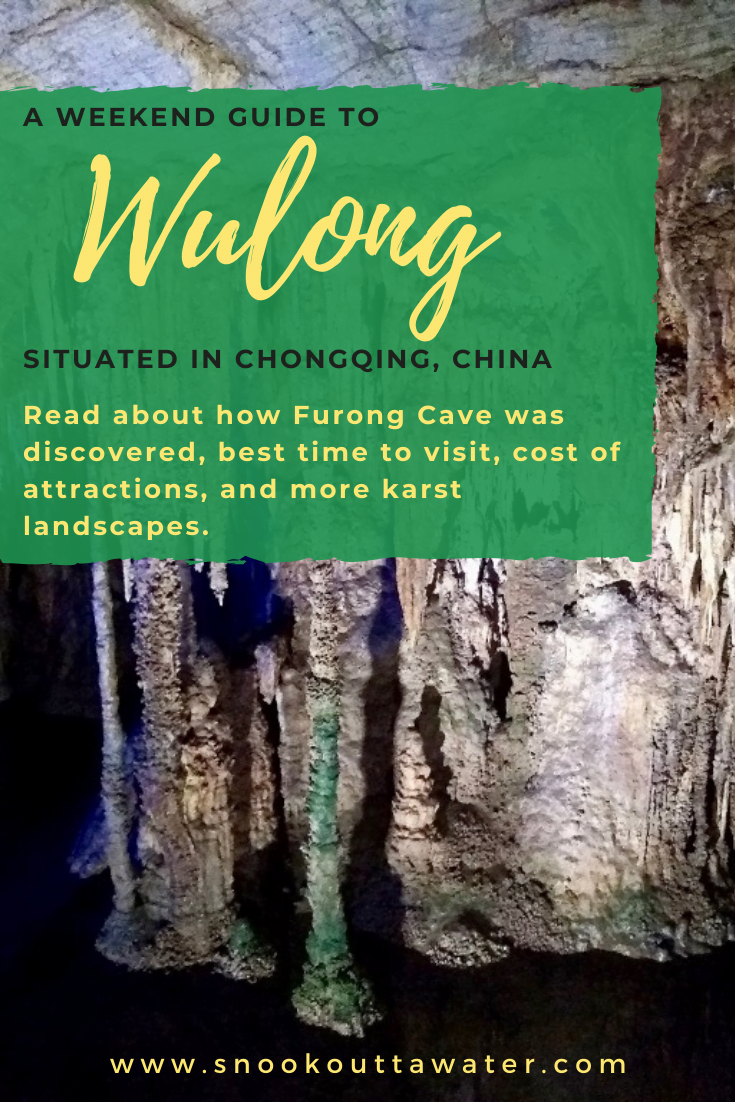


Subscribe to receive Snook Outta Water's monthly newsletter with exclusive updates and content.
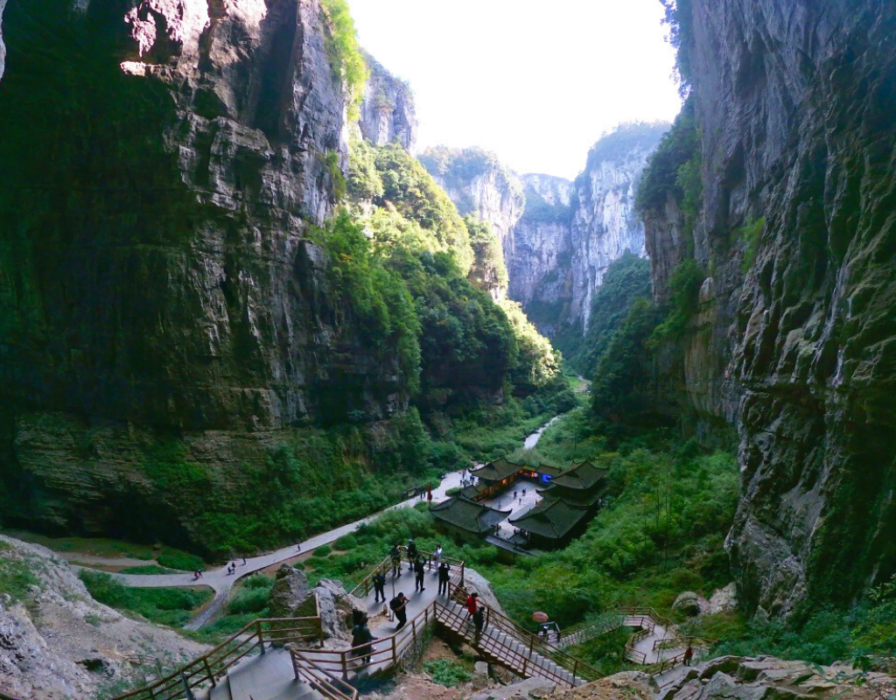
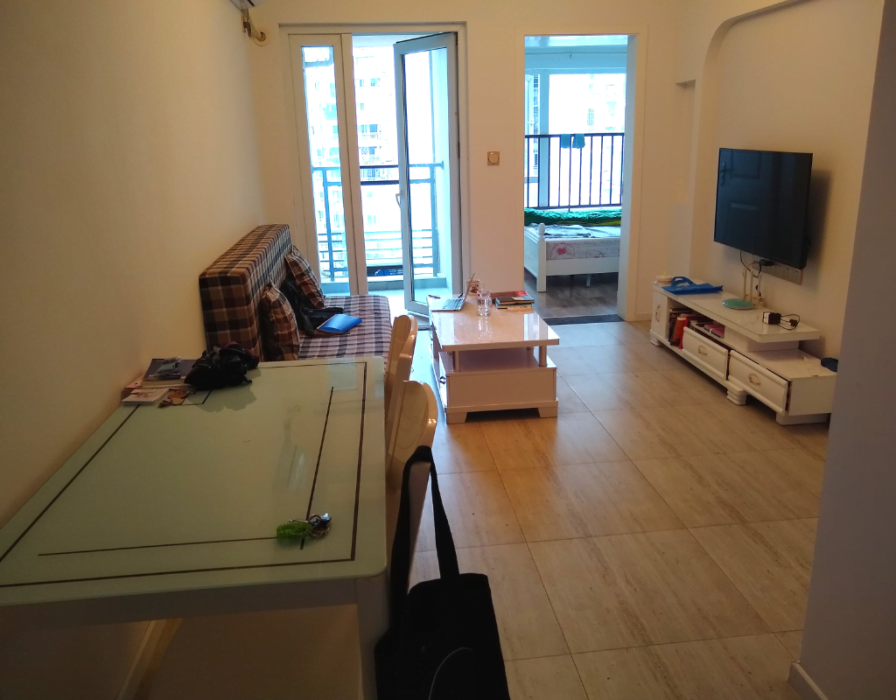
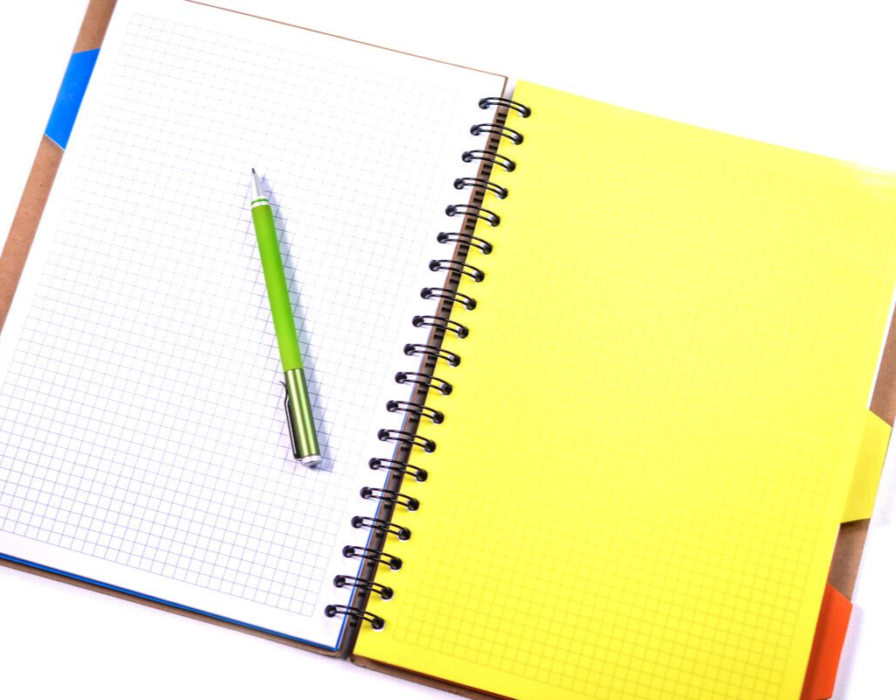
Pingback: Xingping to Shawan Fun Day Trek: Unknown Guilin Attractions - Snook Outta Water
Pingback: Emei Shan Hike: Trekking in Sichuan Province, China - Snook Outta Water
Long time supporter, and thought I’d drop a comment.
Your wordpress site is very sleek – hope you don’t mind me asking
what theme you’re using? (and don’t mind if I steal it?
:P)
I just launched my site –also built in wordpress like
yours– but the theme slows (!) the site down quite a
bit.
In case you have a minute, you can find it by searching for “royal cbd” on Google (would appreciate any feedback) – it’s still in the
works.
Keep up the good work– and hope you all take care of yourself
during the coronavirus scare!
Thanks for sharing amazing unique destination with us. Furong cave looks very interesting and colorful too.
I was in Chongqing in 2016 but only to board my cruise through the Three Gorges. Looks like there are some amazing things to do in the area, especially the caves and natural bridges. I’d love to go back!
Great post! Somewhere else to add to the bucket list!
I love it when you find out the cool places that the domestic travelers want to explore. This may not be famous for foreign tourists but it looks amaaazing! Those caves and the waterfall are spectacular!
I have never tried lamb in Chinese food either, I’d love to give that a taste too.
This looks similar to a place I went to in China but I can’t remember the name of it. I know it wasn’t here but this looks really good, and makes me miss my time in China for some of the amazing scenery they do have which a lot of people forget about, focusing only on the huge cities. Great post.
I love everyrhing about karst caves and mountains! Great article!